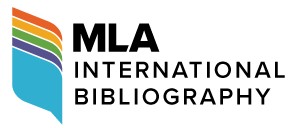Abstract
Jacques Rancière's critical texts contain various attempts to subvert the reproductive logic of art by rediscovering the sensible, to show the power of the ordinary, and to liberate it from the realm of signification on the levels of language, time, and space. On the level of language, Rancière uses the example of the nineteenth-century French novel Madame Bovary to show how the flow of language suspends the perceptual order of inequality. On the level of time, Rancière sorts out the multiple structures of time in Bela Tarr's film Turin Horse, showing how the time of purely material events presented in the film subverts the tradition of representation. On the level of space, he reconstructs the tangled and separate relationship between the objects of life and forms of art, using everyday objects to exhibit how art exerts its lasting appeal. Rancière's critical text thus presents a theoretical system of the poetics of the sensible that not only promotes the reciprocal transformation of time and space, great events and trivialities, but also constructs a new aesthetic empiricism through critical practice. It also continually blurs the boundary between the highbrow and the ordinary, offering a new way of thinking about the revolutionary significance of art in everyday life, that is, how the excess of pure perception dialectically promises the redistribution of the sensible.
Keywords
Jacques Rancière, the ordinary, micro sensation, time structure, poetics of the sensible
First Page
161
Last Page
169
Recommended Citation
Sun, Qiqi. 2025. "Towards the Ordinary: The Argument Structure of Jacques Rancière's Poetics of the Sensible." Theoretical Studies in Literature and Art 45, (1): pp.161-169. https://tsla.researchcommons.org/journal/vol45/iss1/15


